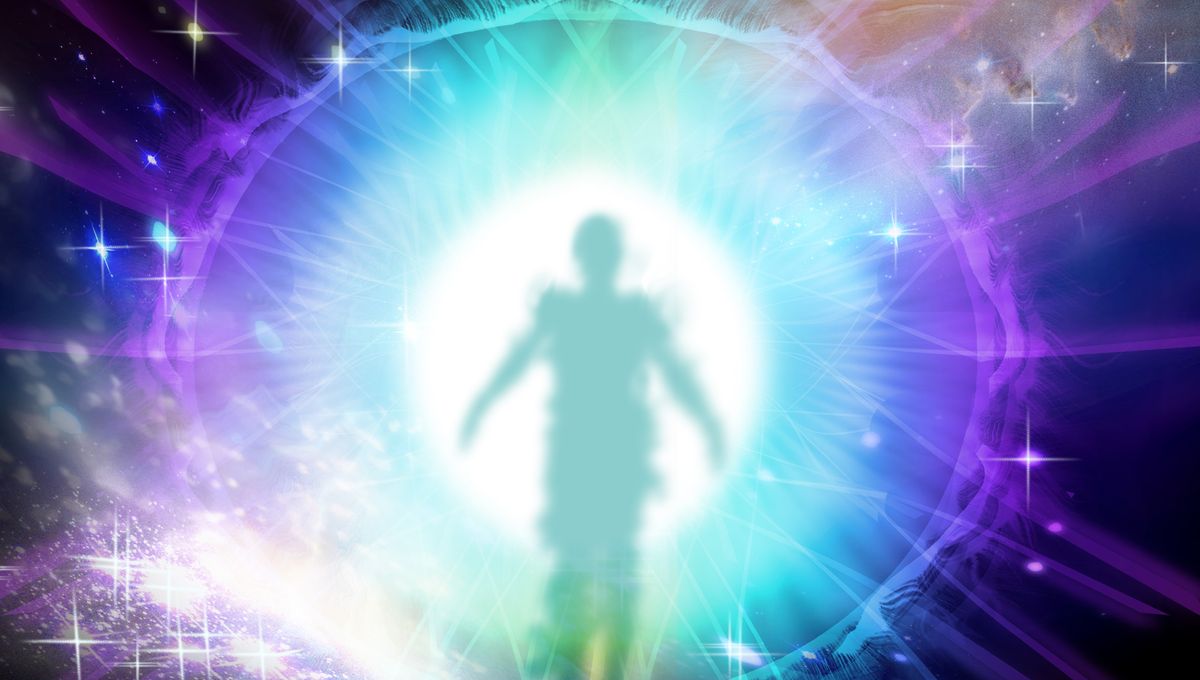
The nature of consciousness, how it emerges, and how it relates to the physical world has been a major philosophical and scientific topic of debate for as long as humanity has been thinking. Are mind and body separate? Some think yes, others think no, but a third camp expresses an in-between and yet more radical idea: everything in the universe has consciousness, and that includes the Sun.
This vision of the universe is known as panpsychism. The idea that consciousness arises from the physical world is known as physicalism, although we remain uncertain as to what makes animals conscious. Instead, the idea of mind and matter as two separate entities is covered by the dualist view of the world. Panpsychism sets out as a bridge between the two. Consciousness arises in us because consciousness is present in everything.
Concepts akin to this have been seen across the globe and over millennia in religions and philosophies. The concept has experienced a resurgence in analytical philosophy of late and there is a particularly unorthodox paper that discusses the potential consciousness of the Sun written by biologist Rupert Sheldrake, known for his work in morphic resonance – the belief that similar organisms somehow share telepathic interconnections and that species share collective memories.
In a paper published in the Journal of Consciousness Studies back in 2021, Sheldrake argues for the consciousness of the Sun and all the other stars. The biologist puts forth that “consciousness, awareness, or experience may be present in self-organizing systems at many levels of complexity.” Sheldrake states that this moves us from the physicalism concern of how consciousness emerged from a simple system and instead brings consciousness to stars, solar systems, galaxies, and the universe as a whole.
“Consciousness does not need to be confined to brains,” Sheldrake told Popular Mechanics. “The link between minds and physical systems seems to be through rhythmic electromagnetic fields, which of course are present in our brains. They are also present in and around the sun, and these could be the interface between the solar mind and the body of the sun.”
Now, there are many philosophical and scientific arguments challenging panpsychism, but in the paper, we were particularly intrigued by what the consequences of a conscious Sun and the 100 billion other conscious stars making up the Milky Way would be. One proposed consequence, for example, is that the stars can move by releasing directional jets that place them where they want to.
According to Sheldrake’s study, some suggest that stars do not move under the gravitational influence of dark matter, but instead steer themselves into their appropriate position. As always, extraordinary claims require extraordinary evidence. While stellar jets are found in many objects, they are never a way for stars to propel themselves.
There’s also an incredible map of the Milky Way thanks to the European Space Agency’s Gaia observatory. And it does not just detail the position of almost two billion stars, but also their motion. This data allows us to rewind the clock on the Milky Way and see how stars moved over billions of years.
If there were stellar motions that were not governed by the laws of gravity in a universe where dark matter is supposed to exist, well, scientists would certainly shout about them. The motion of stars as though there was a lot more matter than we could see is how dark matter came to be proposed in the first place.
In the paper, a lot of the argument is based on the Sun’s magnetic field and its complex nature. But if we want to consider something even more complex, we should look at the magnetic field of Uranus. Unlike the solar dynamo or Earth’s magnetosphere, the magnetic field of Uranus is off-center, and it might open and close daily, tumbling around. Significantly more complex than the Sun, but maybe “Is Uranus Conscious?” does not have quite the same ring to it.
[H/T: Popular Mechanics]
Source Link: Could The Sun Be Conscious? Enter The Unorthodox World Of Panpsychism